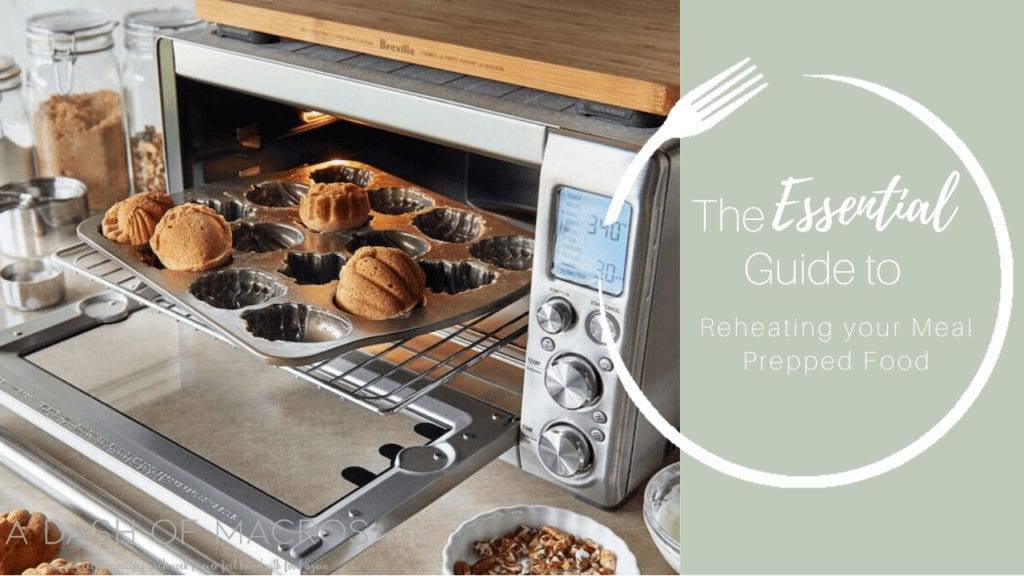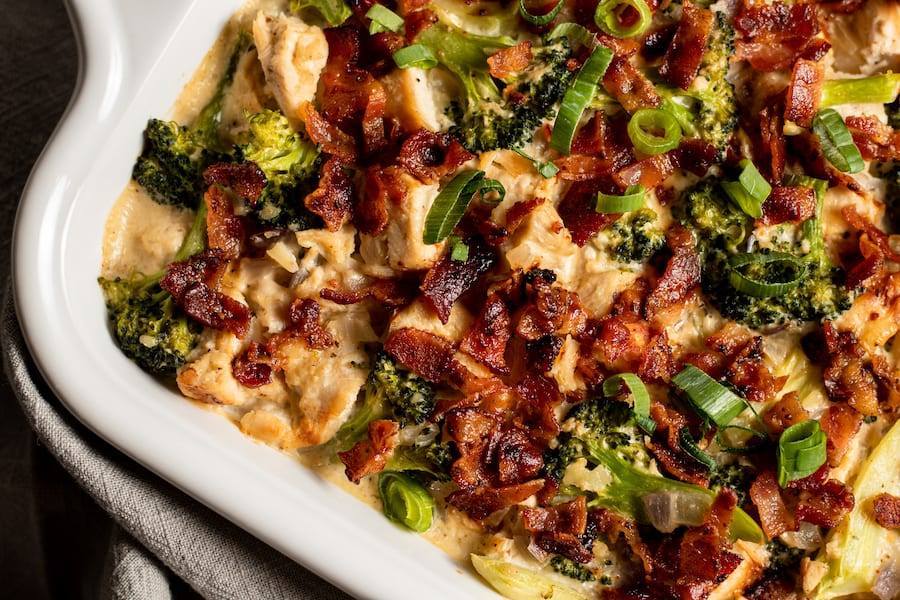The Complete Guide to Freezing & Reheating Your Meal Prep
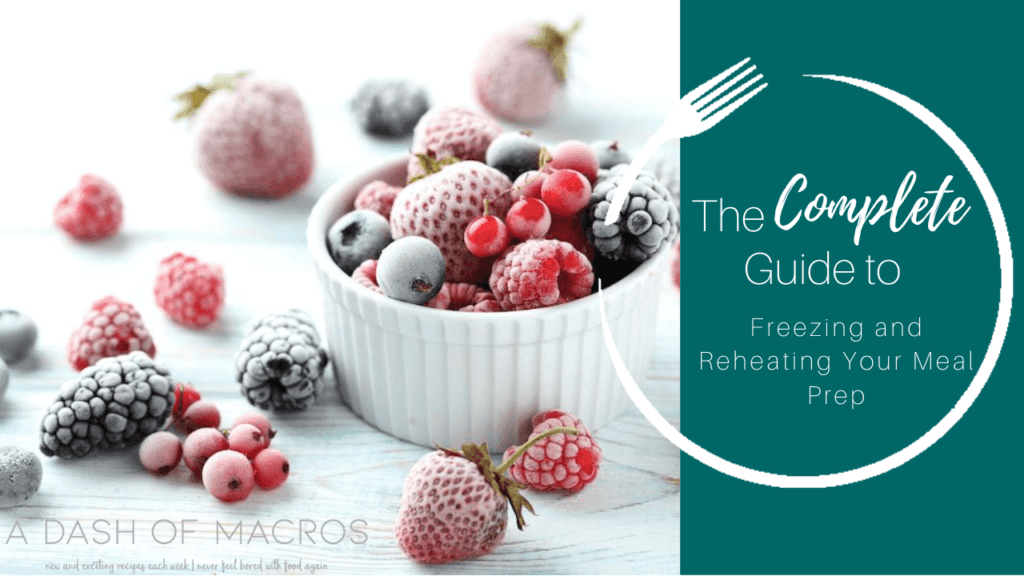
Freezer Friendly…have you ever eaten something after it’s been frozen then reheated and it not taste that great; dry, lacking flavor, or had a strange texture. Well, that is probably because the meal wasn’t freezer friendly. I have spent years freezing just about every food imaginable and I am going to share with you ALL of my tips for freezing and reheating your meal prep recipes.
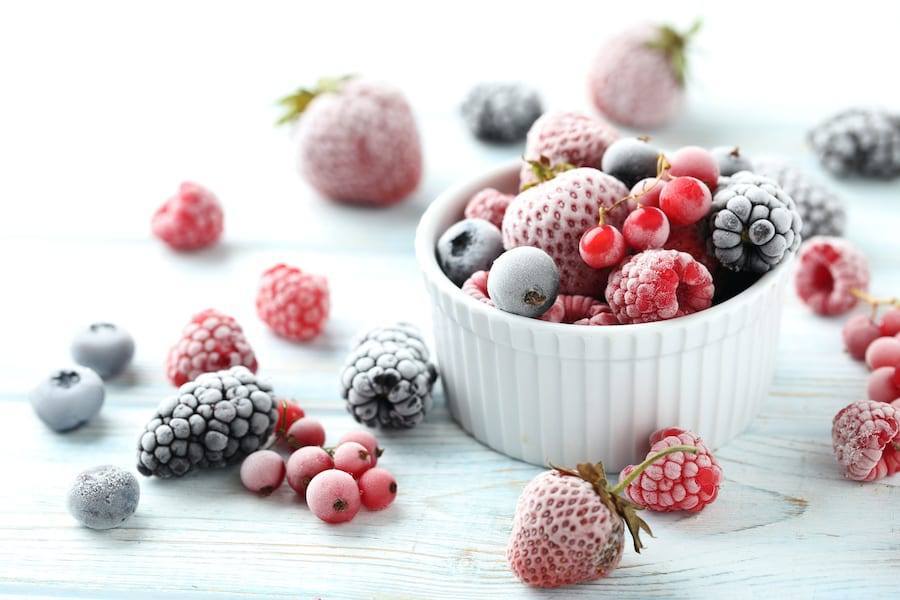
The first thing you need to know is what you should and should not freeze:
Foods that freeze well:
- Bananas, peeled
- Berries
- Bread, in slices
- Butter
- Cake
- Casseroles
- Cooked Pasta
- Cooked Rice, best when in sauce
- Eggs, cooked or cracked into small containers
- Fish, raw. Once fish has been cooked, it shouldn’t be frozen again
- Flour
- Granted Cheese
- Herbs
- Mayo
- Meat
- Most Vegetables, veggies made up of mostly water don’t freeze well
- Nuts
- Pastries
- Sauces
- Soups
- Stock
- Wilted Cooked Greens
- Wine
Foods that do NOT freeze well:
- Cucumbers, shrivels
- Eggs in their Shell, they will crack before frozen and make a mess
- Deep Fried Food, crispy coating turns to mush
- Garlic Cloves, shrivel and loses flavor
- Leafy Greens, get soggy and lose their crisp texture
- Milk, becomes lumpy
- Sour Cream, separates after freezing
- Uncooked Celery, shrivels
- Uncooked Onions, turn mushy
The above list will help you decide, if what you are wanting to freeze will or will not turn out delicious once it is defrosted and reheated.
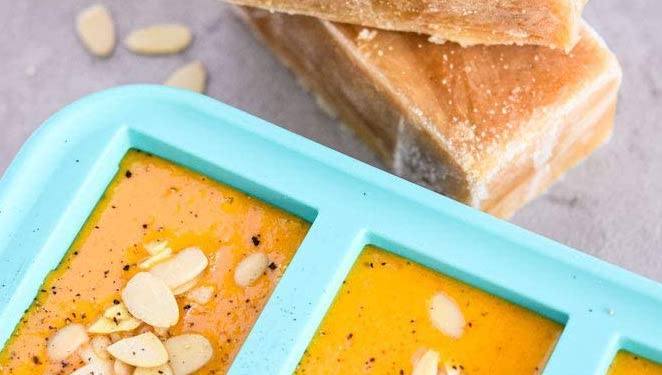
Now that you know what freezes well, lets talk about how to freeze your meal prep:
When it comes to freezing your meal prep or leftover food, there are a few things you have to do with just about every recipe.
- Let the recipe cool completely before closing the container or placing it in the freezer. Failing to allow the dish to cool completely will cause condensation build up and cause the food to become freezer burnt. Also placing warm food into your freezer can compromise other foods bringing them back to an unsafe temperate and then freezing again.
- Place the meal or ingredients in a freezer safe sealable container. Typically a zip lock bag or plastic container. Not all zip lock bags are created equal, the freezer safe ones are made of thicker plastic and protect the food from freezer burn better.
- I don’t recommend freezing in glass containers as they can crack easily with a rapid change of temperature.
- Freeze individual portions whenever possible. This speeds up the time it takes to defrost and helps to prevent waste. Typically you should not defrost something more than once, therefore if you freeze large servings and don’t eat it all, that food should not be frozen again.
- Try to get as much air out of the container or zip lock bag as possible. While it is not possible to get every bit of air out, it will help to reduce freezer burn getting as much air out as possible. If you do a lot of freezing I recommend getting a Vacuum Sealer and or use Souper Cubes.
- Write the name and date of the recipe on the outside of your container. This will remind you of what the frozen meal is and how long it has been in the freezer. I like to use a piece of masking tape.
Tip of Freezing Casseroles:
Before your initial cook of a casserole, line your casserole dish with tin foil or parchment paper, and allow for a little over hang. Once you casserole has cooled completely you will be able to either pop the casserole out using the overhang, then wrap it to freeze. Or you can freeze it first to allow a little more structure, then pop it out, wrap it, and place right back in the freezer. This allows you to still have access to the casserole dish for other recipes instead of having it frozen in the freezer.
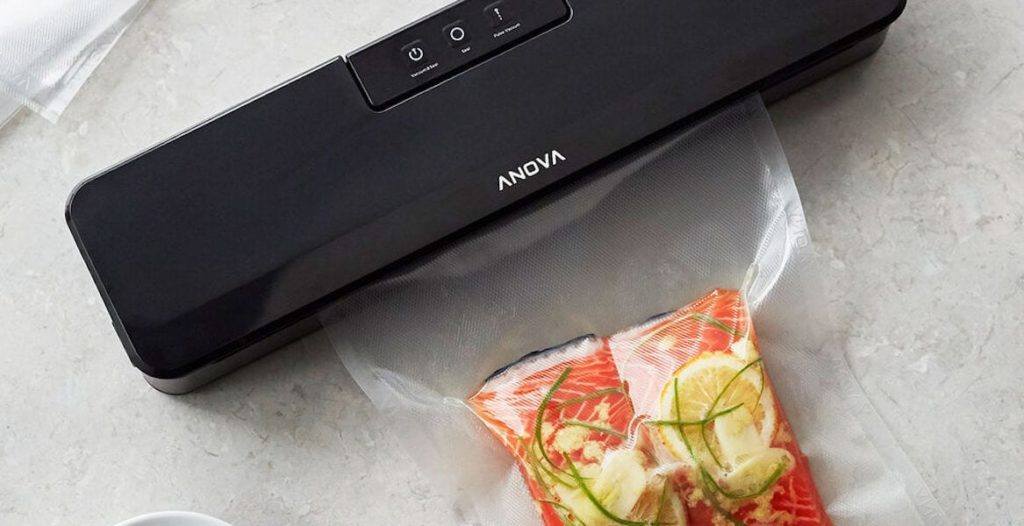
How to Properly Thaw and Reheat your Meal Prep and Leftovers:
In most cases you need to defrost your freezer friendly meal prior to reheating and eating them. I highly recommend taking your frozen meal prep out of the freezer the night before and allow it to thaw in the fridge over night.
Trying to rush the thawing process by allowing them to thaw at room temperature or in warm/hot water can lead to food poisoning.
After thawing in the fridge you can reheat the meals with any of the methods listed here in the guide to reheating your meal prepped food.
When it comes to freezing and reheating your meal prepped food, it is important that you follow the guidelines to prevent unwanted bacteria, freezer burn, and other concerns that could lead to health issues. Following proper food safety guidelines is always the way to go.
Looking for Freezer Meal Ideas? Check out my Top 8 Freezer Friendly Recipes:
- Cheesy Beef and Zucchini Casserole
- Healthy Beef and Broccoli Stir Fry
- Make Ahead Pork and Green Chili Stew
- Classic Beef Stroganoff
- Chicken and Rice Soup
- Chicken Asparagus Mushroom Pasta
- White Bean Turkey Chili Recipe
- Easy Butternut Squash Soup Recipe
More Delicious Freezer Friendly Recipes:
Typically things become freezer burnt when they are not properly wrapped prior to being frozen. It happens when air reaches the food’s surface and dries out the food.
Freezer burn doesn’t necessarily make foods unsafe to eat. However, it may cause the foods to have a strange texture or color.
Typically food will keep 3 – 9 months in the freezer if stored properly. Allowing the food to cool completely, then wrap in an air tight freezer safe bag or container is key to keeping your freezer friendly meals safe.
